- Berlin TV Tower
- Friedrichstadt Palast
- Tropical Islands
- Illuseum Berlin
- Sachsenhausen Concentration Camp
- DDR Museum
- Panoramapunkt Berlin
- Big Bus Berlin Hop-on Hop-off Tours
- City Sightseeing Berlin Hop-on Hop-off Tours
- Reichstag Tours
- Berlin Wall Museum
- Berlin Welt Balloon
- Berlin Icebar
- Madame Tussauds
- Samurai Museum Berlin
- LEGOLAND Discovery Centre Berlin
- Fotografiska Tickets
Discover Timeless Treasures at the Neues Museum
Museum Island in Berlin is a UNESCO Heritage site and home to five renowned museums that house ancient artifacts, classical sculptures, and priceless archeological finds. The diverse collections span ancient Egypt, Greece, Rome, and European art,...
Founded On
1830
Quick Information
ADDRESS
Museum Island, 10 Berlin, Germany
RECOMMENDED DURATION
3 hours
Timings
09:00–18:00
VISITORS PER YEAR
3000000
EXPECTED WAIT TIME - SKIP THE LINE
0-30 mins (Peak), 0-30 mins (Off Peak)
UNESCO YEAR
1999
Did you know?
Museum Island’s five museums were built between 1830 and 1930, reflecting over a century of evolving architectural styles and museum concepts. The vision was to create a unified space for world-class cultural and historical exhibitions.
During World War II, Museum Island suffered significant destruction, with some artifacts lost forever. The Neues Museum, in particular, remained in ruins for decades before its restoration was completed in 2009.
The Bust of Nefertiti, one of the most famous artifacts in Museum Island’s collection, was hidden away during World War II to prevent destruction. It was rediscovered after the war and eventually displayed in the Neues Museum, where it remains today.
Neues Museum highlights
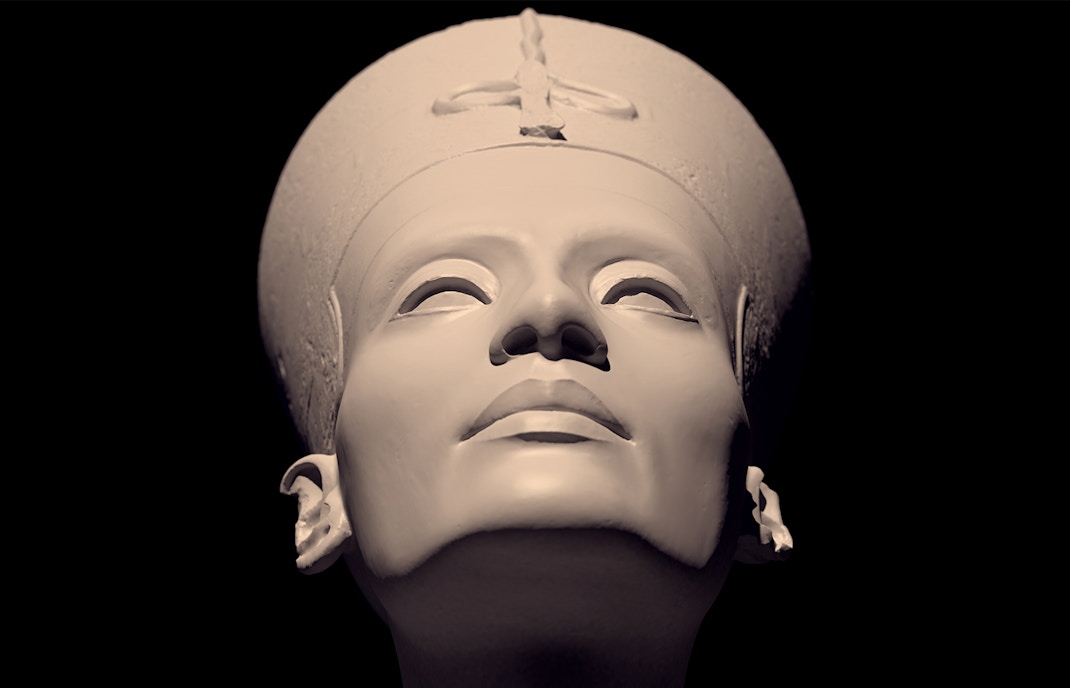
The Bust of Nefertiti
The Bust of Nefertiti, one of the most famous pieces in the museum, is a 3,300-year-old sculpture of the Egyptian queen, showcasing remarkable craftsmanship and detail. Displayed in its own room, it continues to attract visitors with its timeless beauty and mystique.
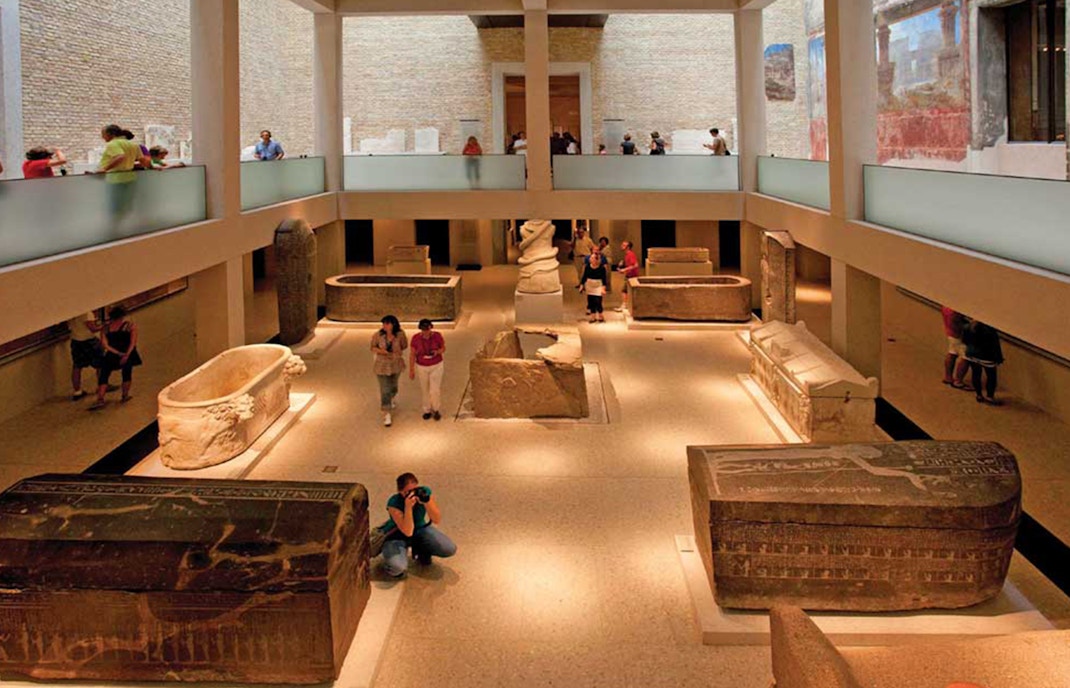
The Egyptian Collection
Spanning thousands of years, the collection includes artefacts from statues and jewelry to mummies and sarcophagi. A great way to learn about ancient Egyptian culture, religion, and daily life, highlighting the civilization's extraordinary achievements.
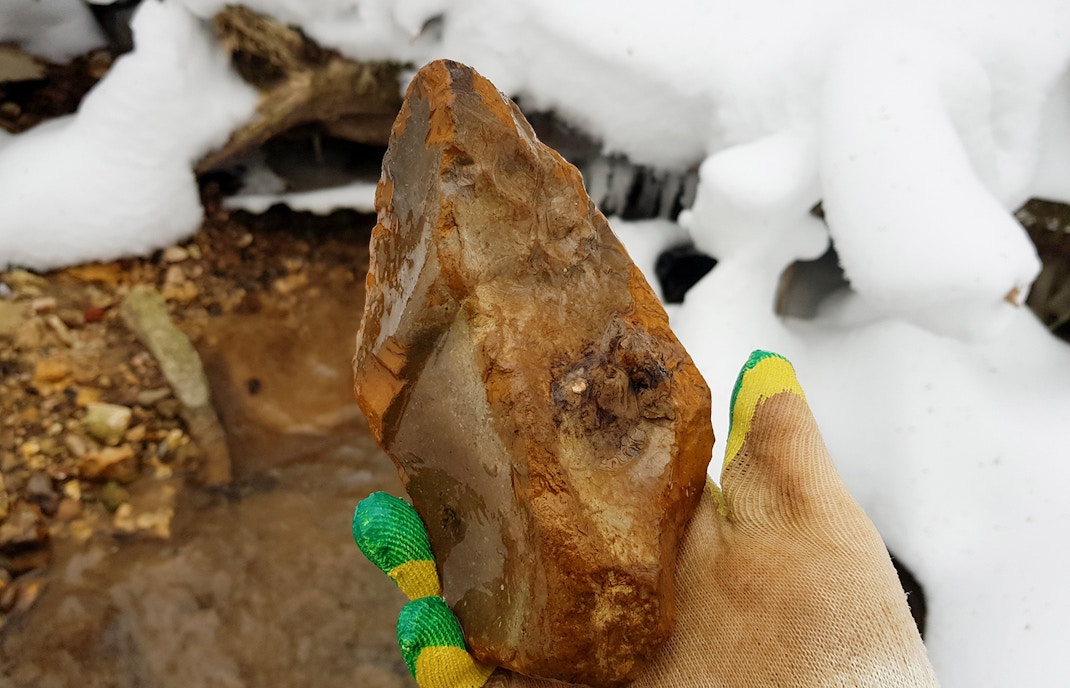
The Prehistory and Early History exhibits
These exhibits offer a detailed journey through human history, featuring artifacts from the Stone Age to the medieval period. Visitors can explore tools, pottery, and remains that tell the story of our early ancestors, offering a deeper understanding of their lives and innovations.
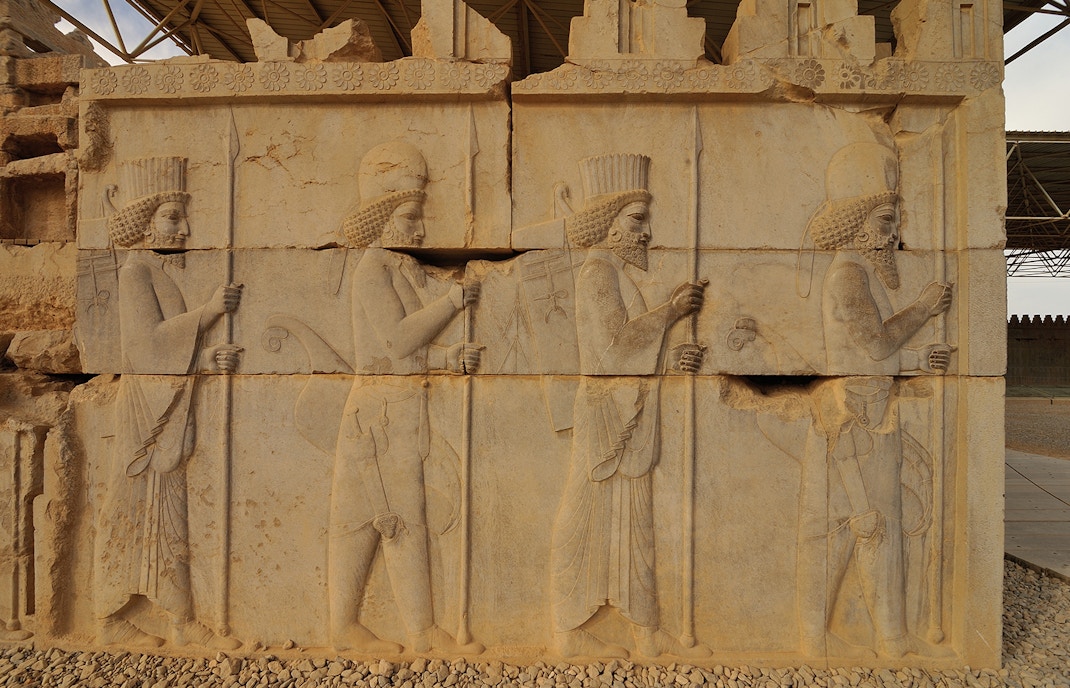
The Assyrian Wall reliefs
Among the highlights of the museum’s Near Eastern collection are the stunning Assyrian reliefs. These elaborate stone carvings depict royal hunts, battles, and religious scenes, offering a vivid glimpse into the power and culture of the Assyrian Empire, showcasing their artistic sophistication and storytelling ability.
Alte Nationalgalerie Architecture
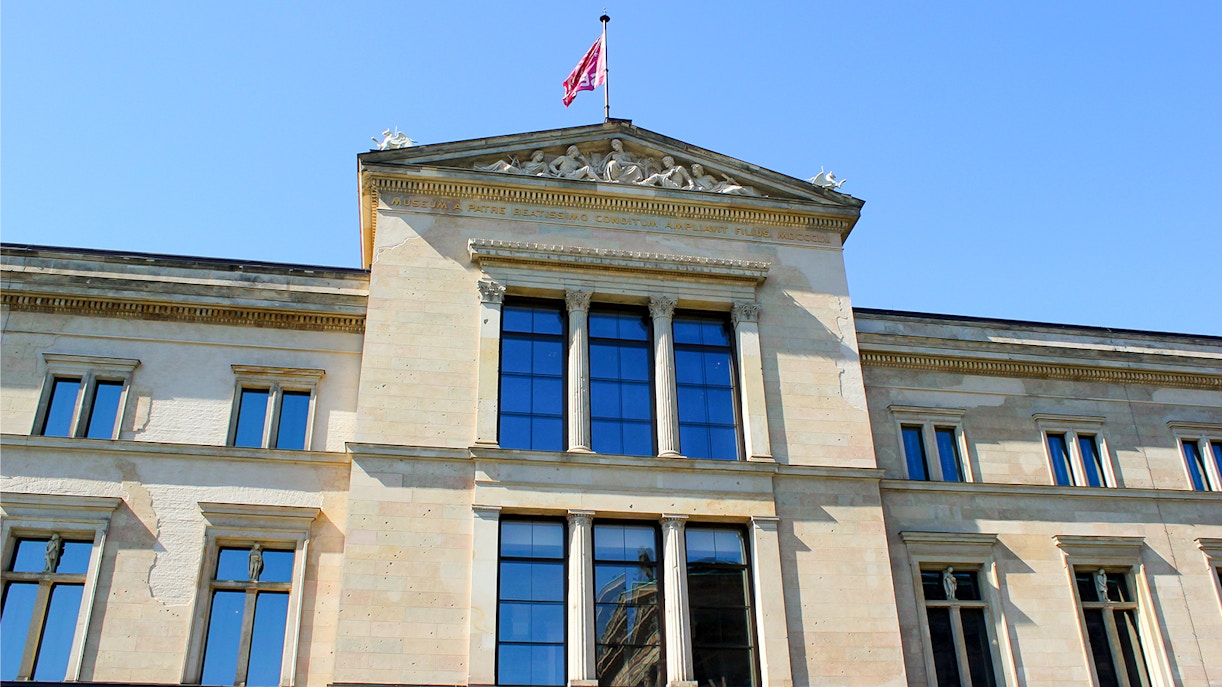
The museum’s stunning restoration, led by architect David Chipperfield, combines historical preservation with modern design. The juxtaposition of old and new within the museum’s walls makes it a visual masterpiece. The building’s striking architecture is an integral part of the museum experience, preserving the museum’s iconic neoclassical features while introducing contemporary touches.
Frequently asked questions about Neues Museum
The Neues Museum is famous for its world-class collections, particularly the Bust of Nefertiti, ancient Egyptian artifacts, and its impressive Assyrian reliefs.
The Neues Museum was originally completed in 1855 and later severely damaged during World War II. It was reopened in 2009 after a major restoration.
Yes, the Neues Museum is fully accessible, with ramps and elevators to ensure all visitors can enjoy the exhibits.
Photography is allowed in most areas of the museum for personal use, but the use of flash or tripods is prohibited to protect the artifacts.
Yes, the Neues Museum has a café where visitors can relax and enjoy refreshments while taking in the beautiful surroundings of the museum’s courtyard.
Yes, the Neues Museum offers both audio guides and guided tours in multiple languages to enrich your experience and provide in-depth insights into the exhibits.

